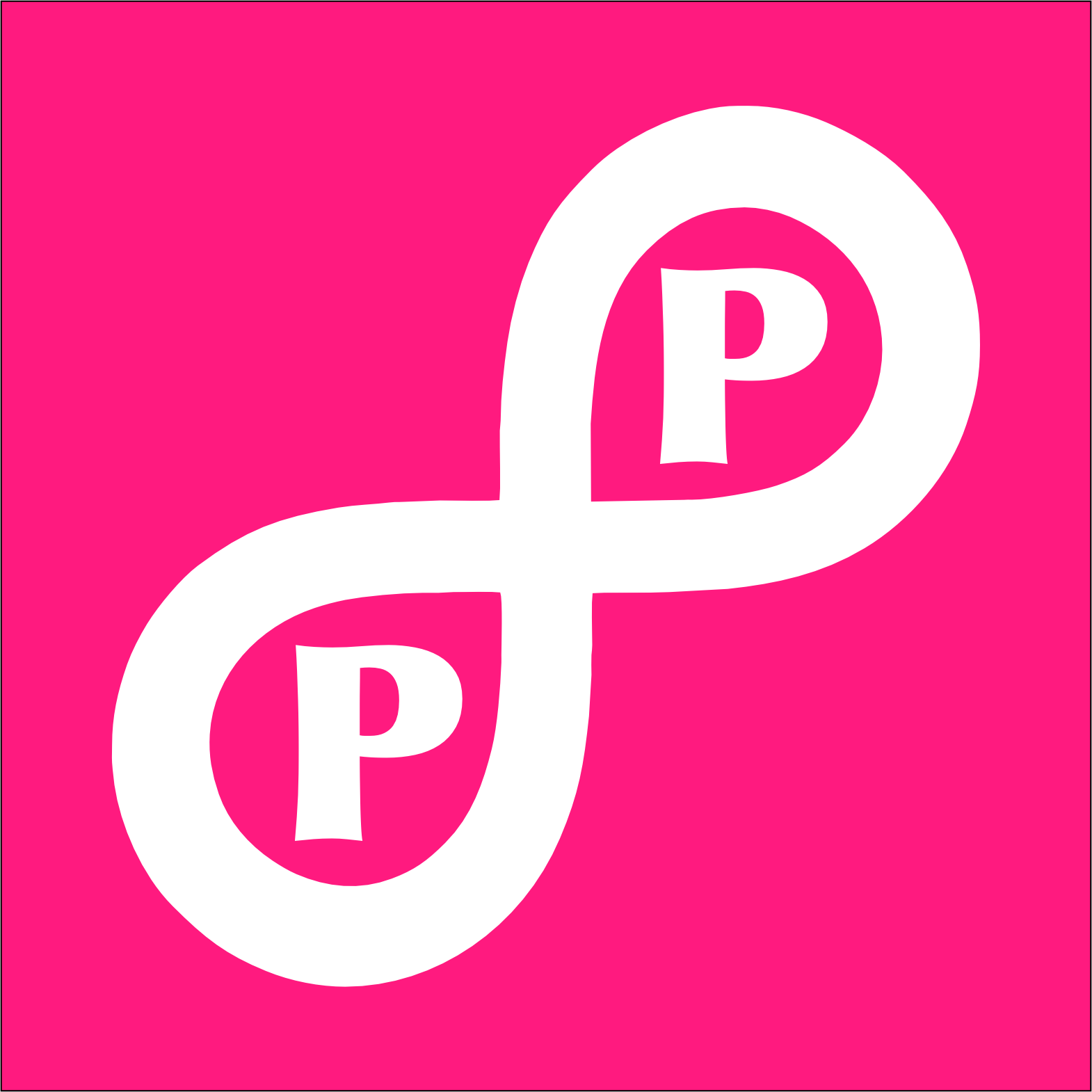Lucky Number 8: TBM Part 11
Breaking our IT budget into eight categories that best represent our diverse portfolio allows us to manage each segment independently, while still providing a view on overall IT spend.

We manage a budget of hundreds of millions of dollars, relatively large in comparison to the rest of the company. While we work bottoms up to build a line-item plan for the year, financial reviews often look at this spend in one lump sum. One byproduct of managing our IT portfolio in a large block is the numerous explanations we need to provide throughout the year. Frankly, it keeps pulling us into a defensive posture around investment cases and spend. On a balance sheet it isn't obvious that our IT costs include user identity systems, data center costs, and numerous activities to integrate acquired companies.
While we not only welcome, and actively seek, the open discussions and analysis of our efficiencies I think there is a better way to manage our budgets and provide more clarity. When we have the opportunity to talk through the detailed areas where we are making investments and break apart our budget, we generally garner support and our business partners gain an understanding of the overall cost structure. So why not move to a model where this is the starting point?
Beginning in January 2017 we are breaking our single IT budget into 8 segments that better represent our diverse portfolio. Theses are:
- Content Platforms - Capturing the costs of our publishing systems (examples: content management platform, personalization engine, content tagging and taxonomy mapping)
- Corporate Services - HR, Legal, and Finance systems to run the company
- Data Services - Our consumer and B2B facing identity system and our data warehouse and analytics
- Engineering Support - Systems and Operational Engineers who support our consumer and B2B products and services
- Enterprise Services - Employee productivity services and end user computing (examples: telephony, laptops, video conferencing, help desk)
- Foundation - Infrastructure and the people who manage and operate our data centers, storage, server, and network capacity
- Portfolio Management - M&A integrations, large cross team project management efforts (example: data center migration), public cloud advocate
- Security - IT, Network, and data security
With this approach, we can manage each segment more independently while still seeing the overall IT spend. We've been invoicing our business partners based on their consumption of IT services for several years now. The 70 business units that receive IT charges will see lines on their P&Ls that reflect these 8 segments, providing additional visibility to each GM and offering a view of the dials and levers to best control costs.
My hope is that in the new year we have more discussions about these categories within the company, where we can focus our attention on the specific costs and value we provide. One thing is for sure, we have advanced a long way from the opaque, behind the scenes organization we once were. It is far better to be leading from the front, than to be reacting from behind.
Postscript: The title of this post refers to the Chinese belief that the number 8 is lucky. Even numbers are preferred over odd. The pronunciation of the number eight in Mandarin is "Bā", 八, which is similar to the pronunciation for the word prosperity. The numerical symbol for 8 is also symmetrical both vertically and horizontally, which conveys "perfect balance".




